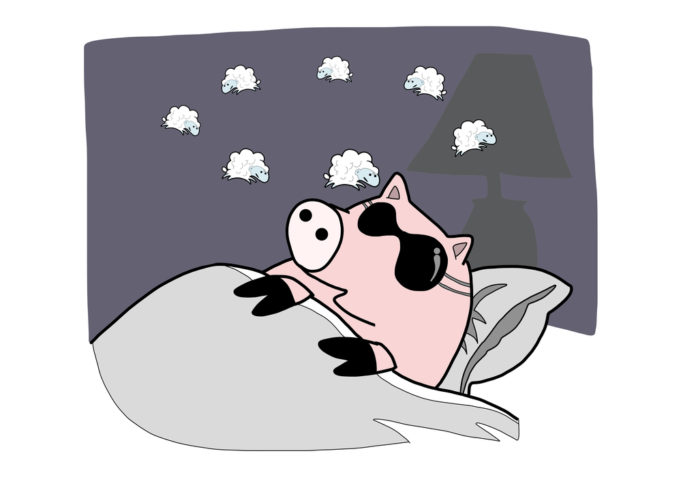For residential developers the magical calculation of saleable floor area is something akin to the Da Vinci Code. At the end of the day, the two multipliers that apply to real estate sales are the area and pricing point.
Sound simple, right? Not so, in reality. There continues to be a strong disconnect between mature property markets such as Hong Kong and Singapore, the Thailand’s resort sector. In reality, one of the key metrics of saleable floor area relates back to household mortgage values and how financial institutions track comparable property values.
I’m in Singapore today and reading a financial piece about on en bloc apartment sale of an entire building. In terms of how effectively the complex was valued, there was considerable discussion that much of the saleable floor area consisted of balcony space, air-conditions ledges and planter boxes. As much as 30% of the units’ SFA was non-usable space that ultimately negatively impacted the transaction value.
While in resort markets in Phuket one of the legacy issues on condominiums and townhouses is the application of rooftop saleable areas that are factored into prime units that have considerable outdoor living area. There is no hard and fast practice in the market.
Often these type of units are at the top end and some are penthouses. From our research the conclusion as to how pricing is applied to these is inconclusive. Some developers charge, 100% of the price, while others vary from 75/50/25%, and in some cases its classified as a bonus area that is added value to the buyer.
Looking into the future as more bank financing options are becoming available to foreign buyers of Thai resort real estate the landscape is clearly changing. At the same time stiffer zoning restriction and limitations on GFA (gross floor areas) of developments is pushing saleable floor area into the limelight.
For buyers, clearly part of their due diligence before closing a transaction is to look at what are classified as SFA and how will this relate to long-term valuation.





























